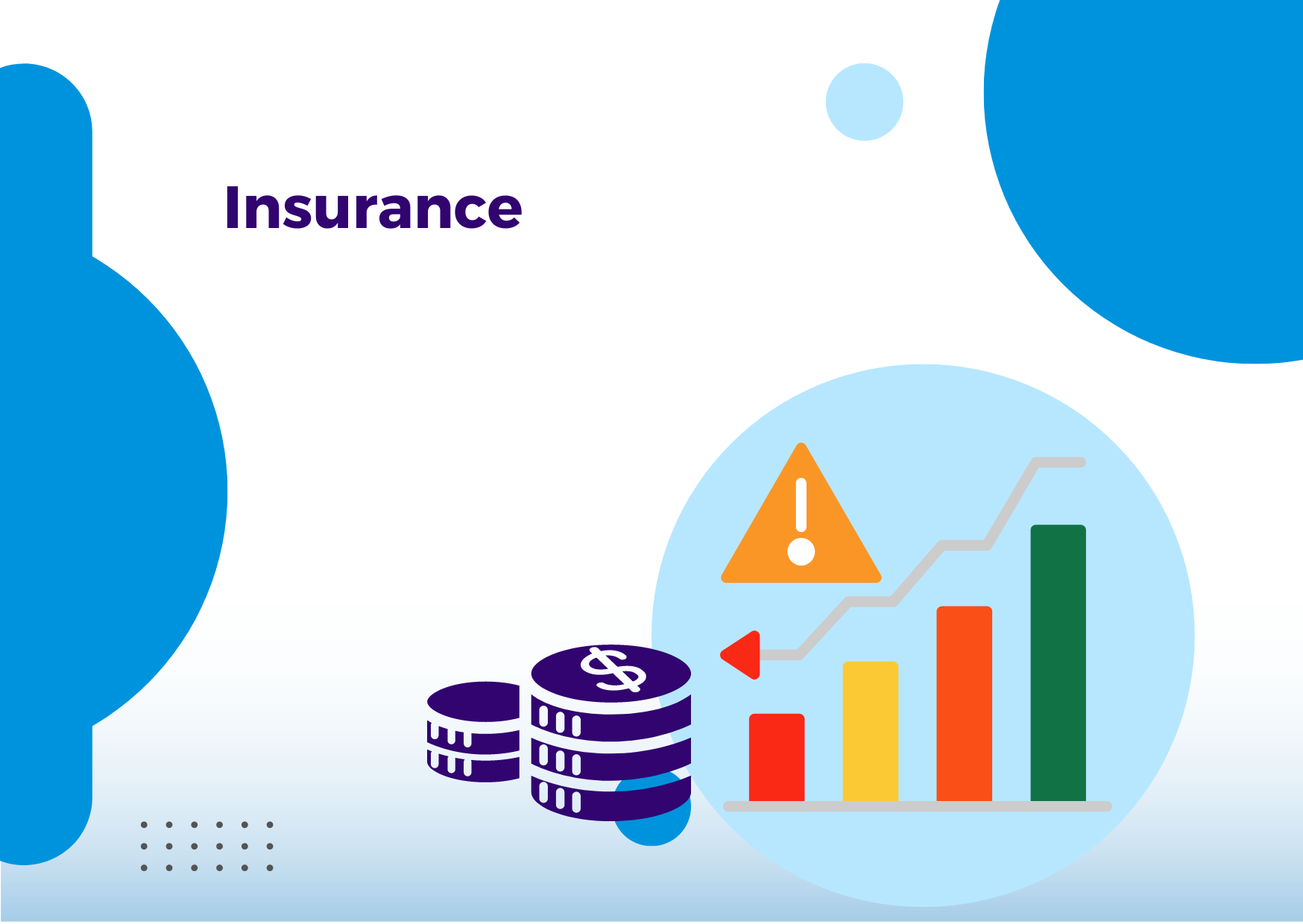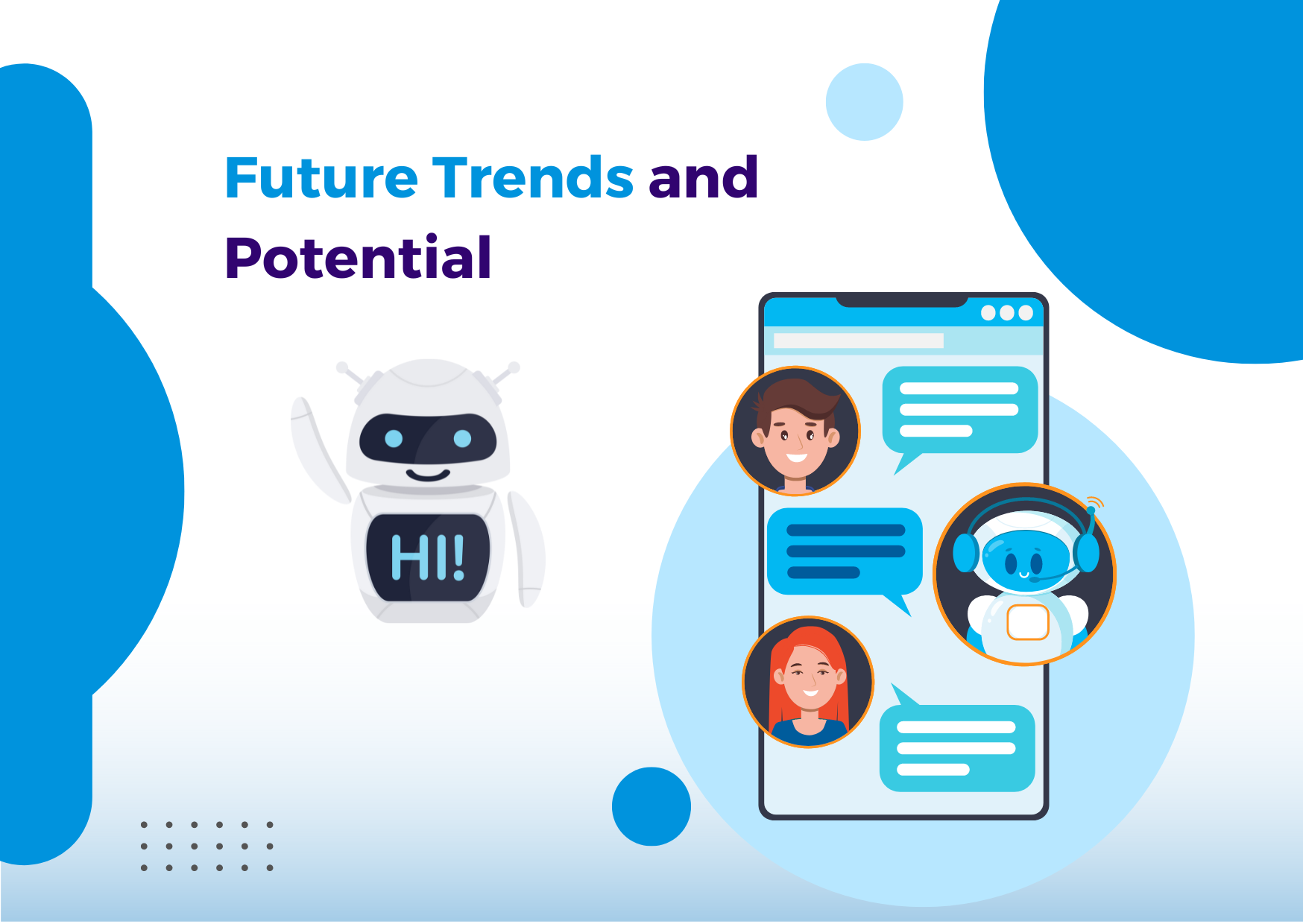In the age of digital transformation, businesses are leveraging customer data to create a more personalized and tailored experience for their customers. By using AI-driven personalization, companies can leverage customer data to enhance their customer's journey from start to finish.
AI-driven personalization allows businesses to gain deeper insights into how customers interact with their product or service and then use this information to provide an enhanced user experience tailored specifically for them.
With AI-driven personalization, businesses can make better decisions about how they market themselves, what services they offer, and even customize features based on individual user preferences. This article will explore how businesses can use customer data and AI-driven strategies to create a superior customer experience that leads to increased engagement and loyalty.
Types of Customer Data Perfect for AI Personalization
In the world of business, personalization is the name of the game. With so many options and competitors just a few clicks away, companies have to do everything they can to stand out and make their customers feel special. One of the most effective tools in their arsenal? AI-driven personalization.
But how does it work?
Well, it all starts with data. Companies can better understand their audience and tailor their offerings by collecting and analyzing customer data. Plus, they can leverage the best web scraping API to gather valuable insights and stay ahead in their market research efforts.
According to Morgan Taylor, Co-Founder of Jolly SEO, "The most effective data businesses can use for personalization is demographic information like age, gender, location, and preferences. This data can be used to form an understanding of who your customer is and what they’re looking for, allowing you to craft a more customized experience."
Let's look at each of these in turn.
First up, we have demographic data. This includes everything from age and gender to location and education level. By understanding the demographics of their customers, companies can design marketing campaigns that speak directly to their interests, needs, and lifestyles.
Next, we have behavioral data. This includes information about how customers interact with a brand - what products they browse, what pages they visit, how long they stay on the site, and so on. By tracking these behaviors, companies can identify patterns and trends and use that information to make personalized recommendations and offers.
Finally, we have transactional data. This includes details about past purchases, such as what items customers bought and how much they spent. By analyzing this data, companies undergoing digital transformation can predict what products their customers will likely purchase and tailor their recommendations accordingly.
AI and Machine Learning Techniques for Personalized Experience
Now that we know what types of data companies should be collecting, let's look at how AI and machine learning can create a more personalized customer experience.
One of the best ways is by analyzing customers' shopping behavior, website clicks, and search history to understand their preferences and interests. By knowing this information, AI can suggest products or services most likely relevant to each customer.
Ken Savage, Owner of Ken Savage, explains: "AI-driven personalization is all about understanding customer behavior and preferences. By leveraging AI and machine learning techniques, businesses can create personalized experiences tailored to each customer, resulting in higher engagement and loyalty."
Applications and Use Cases
Now let's dive into some business applications and use cases for AI-driven personalization.
#1 E-commerce and Online Businesses
First of all, personalization can be a game-changer for online retailers. By analyzing customer data like past purchases, browsing history, and search queries, AI algorithms can recommend products more likely to convert to a purchase.

For example, according to Jesse Hanson, Content Manager at Online Solitaire & World of Card Games, "We use personalized recommendations to show our customers content and products that match their individual interests. This has led to an increase in conversions from visitors who have interacted with the AI-driven personalization tool."
#2 Insurance Businesses
Another use case for AI-driven personalization is the insurance industry. Insurance companies can use customer data to offer customized pricing and coverage options for each customer.

For instance, car insurance companies can analyze driving behavior data from telematics devices to offer safer drivers lower premiums. This benefits the customer by providing personalized pricing and helps the insurance company better assess risk and reduce claims costs, all through business automation techniques.
#3 Healthcare Businesses

Finally, there's the healthcare industry. AI-driven personalization can help healthcare providers offer more tailored treatment plans for patients. By analyzing a patient's medical history, genetic information, and lifestyle data, doctors can prescribe treatments that are more likely to be effective for each patient. For instance, AI can integrate with devices like respirate to monitor and enhance respiratory functions, providing real-time data and personalized recommendations for managing conditions such as asthma or COPD.
Challenges and Ethical Considerations
So, we've discussed the benefits of AI-driven personalization to customers and businesses alike. But as with any technological advancements, challenges, and ethical considerations come into play.
One of the challenges of AI-driven personalization is data privacy. As businesses collect more customer data to tailor their experiences, they are encouraged to use data privacy software to protect that data from potential breaches or unauthorized use. Likewise, customers must trust companies to keep their data safe and secure, or they risk losing them altogether.
Another challenge is the potential for AI bias. AI systems are only as good as the data they are trained on. If that data is biased or incomplete, the resulting recommendations or personalization may also be biased. Therefore, ensuring that the data used in AI-driven personalization is diverse and free of bias is crucial.
On the ethical front, there are concerns about using customer data for profit. While customers may appreciate a personalized experience, they may not appreciate collecting and using their data for marketing purposes. Therefore, businesses must be transparent about data collection and use practices to earn and maintain customer trust.
Additionally, there is a risk of AI-driven personalization being used to manipulate customer behavior or decisions. While personalization can enhance the customer experience, it should not be used to coerce or pressure a customer into taking a specific action. The line between convenience and manipulation can be thin, and businesses must navigate it carefully.
According to Anthony Martin, Founder, and CEO of Choice Mutual, "It's important that companies take into consideration the ethical implications of using customer data for personalization and strive to strike a balance between convenience and manipulation. At the end of the day, the customer should feel in control of their experience.”
Future Trends and Potential
So what does the future of AI-driven personalization look like?

Well, for one thing, we can expect AI to become even more integrated into customer service. For example, chatbots will become even more sophisticated, able to answer complex questions and tackle more challenging customer issues. In addition, voice assistants like Siri and Alexa will continue to evolve, providing a seamless and convenient experience for customers who are always on the go.
Jerry Han, CMO at PrizeRebel, believes that “AI-driven personalization will become even more prevalent and sophisticated in the years to come. With customers expecting an ever-faster, ever-better experience, businesses must leverage AI to gain competitive advantage and keep up with customer demands."
AI will also become more proactive in the way it personalizes experiences. By using predictive analytics, AI can anticipate what customers want before they even ask for it. For instance, if a regular coffee shop customer typically orders a double shot latte every Monday at 8 am, the AI system might suggest it as soon as they step through the door, potentially speeding up the ordering process and enhancing the customer experience.
Finally, as AI-driven personalization becomes more prevalent, we can expect consumers to demand even more from businesses. Customers will come to expect personalized experiences as the norm, and businesses that fail to deliver will fall behind. The challenge for companies, however, will be finding the right balance between using customer data to enhance experiences and maintaining customer privacy.
Conclusion
The future of AI-driven personalization is bright, with exciting developments on the horizon. As businesses continue to collect vast amounts of customer data, it will be up to AI to make sense of it all and provide personalized experiences that make customers feel special. The possibilities are endless, and we can't wait to see what the future has in store for AI and the customer experience.
Is your Customer Relationship Management (CRM) software AI-Driven?








